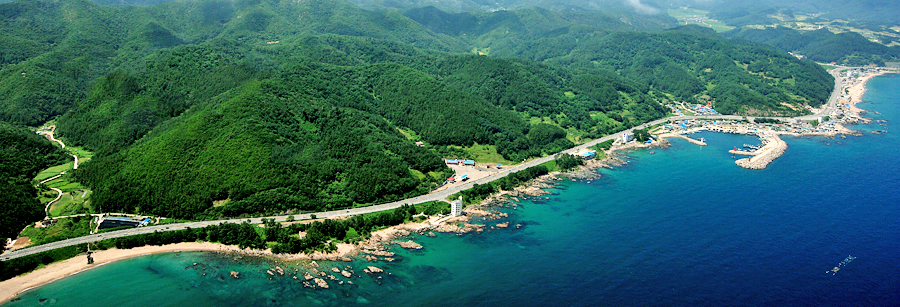

 > BlueRoad Story >
Story of Villages on BlueRoad
> BlueRoad Story >
Story of Villages on BlueRoad
Select each category and see the origin of villages in detail.
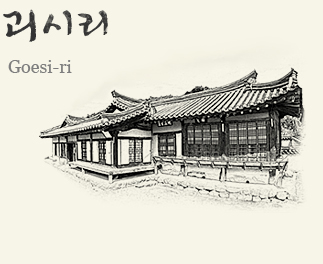
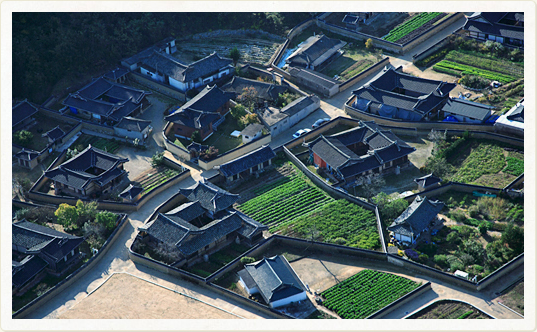
It belongs to Eupnae-myheon, Yeonghabu, and was called Hojima or Hojichon.
The classical scholar Mokeun at later part of Goryeo called this village 'Goesi' because he found that the geography of this village, his hometown, was similar to that of Goesi village of China after his dispatch as envoy to China, Under the administrative district rearrangement in 1914, part of Eodae-dong, Gyo-dong, Undang, Bukcheon were merged and called 'Goesi-dong' and incorporated into Yeonghae-myeon.
In 1945, Hojimal was called Goesi 1-dong right before the nation's liberalization from Japanese colonial rule.
In 1945, part of Gwan-eodae and Songcheon-ri were incorporated and renamed Goesi 2-dong.
In addition, No-dong, namely Gyo-dong, was divided into Goesi 3-dong.
In 1988, Dong was renamed to Ri.
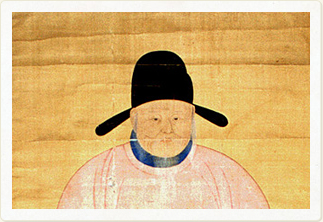
• Goesi-ri, Yeonghae-myeon, Yeongdeok-gun is the birthplace of Mokeun Lee Saek who is one of the three euns, i.e. Poeun Jeong Mong-joo and Yaeun Giljae.
• Lee-gok, father of Mokeun, was the great scholar of Goryeo Dynsty and passed the State Examination of Country Magistrates with top scores in Yuan Dynasty when Mokeun was six years old(1333). He was the master of Confucian classics with excellent writing skill which was demonstrated in the sentences requesting the emperor of Yuan Dyansty to stop the requisition of virgins of Goryeo. He stayed at Yeonghae, Gyeongdeok-gun after searching for scenic beauty of mountain and rivers in Hansan(currently, Seocheon, Chungnam Province) in Chungnam, and then became the son-in-law of Kim Taek, the sage of Yeonghae hyanggyo(local school belonging to Confucian shrine), and settled in Goesi-ri(currently, Hoji village), Yeonghae-myeon. Mokeun Lee Saek was born and spent his childhood here. The village was named Goesi because he found that Hoji Village, the hometown of Mokeun, had the scenery as beautiful as that of Goesi village of China on his way to his home country from Yuan Dynasty where he rose to distinction for his writing skill.
• Mokeun became Jinsa(person who has only passed the first examination for office) when he was 14 years old(1341) and passed the State Examination of Country Magistrates with top scores for Jeongdong-haengseong when he was 26 years old. He passed the second stage examination - held under the examination system - with top scores in Yuan Dynasty and royal court examination with the second highest scores when he was 27 years old, and served as the National Historical Institute in Yuan Dynasty, He became Ueui-gan-dae-bu and institutionalized the three-year memorial service when he was 30 years old. He became the best vassal of merit at the age of 34 when the King was headed for the south to flee from the marauding Red Turban bandits. He became Dae-sa-seong(head instructor) at the age of 40 and established the academic rules newly, and recruited the scholastic officials, such as Kim Gu-yong, Jeong Mong-ju, Lee Sung-in, etc., contributing to the distribution and development of Neo-Confucianism. At the age of 48, he erected the epitaph of sarira pagoda for Sinreuk Temple in Yeoju and Hoe-eom Temple in Yangju to pay tribute to Nawang-Wangsa who passed away in February. Mokeun received the accolade of the Chuchung-bojeol-Dongdeok-Chanhwa-Gongsin(vassal of merit) and became the teacher of King Woo at the age of 50. He became Buwongun at the age of 64 and Hansanbaek at the age of 68.
• His disciples include Gwon-geun, Kim Jong-jik, Byeon Gye-rang, etc., who formed the mainstream of Neo-Confucianism in Joseon Dynasty. He made a list of all the best men in the Dynasty from which to select public officers as much as 5 times, and many well-known scholars were his disciples. Mokeun, the author of Mokeun Mungo and Mokeun Sigo, is acclaimed as the best scholar of the time.
• His collection of literary works include 20 poems of Yeonghae, his birthplace. Currently, Country-wide Mokeun Cultural Festival is held every other year in Yeongdeok-gun to remember Mokeun. The sacrificial rite is held every year at Dansan Confucian Academy in Gasan-ri, Changsu-myeon, Yeongdeok-gun.
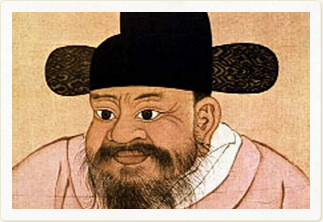
• Joo Se-bung, the devoted son, established the Baegun-dong Confucian Academy, the first Confucian Academy of the provincial private education institutes in Joseon Dynasty.
• Mangil Peak, towering over the boundary of Goesi-ri and Sajin-ri of Yeonghae-myeon, attracted many classical scholars lured by the spectacles of sunrise, and has the legend of Joo Se-bung, the devoted son.
• Joo Se-bung visited the governor who came to this province for inspection and appealed for the release of his father from prison, but the governor refused to set him free.
• On the next day, young Joo Se-bung followed the governor who climbed to the Mangilbong in Yeonghae-myeon, Yeongdeok-gun, to see the spectacle of sunrise in the East Sea, and appealed for the release of his father.
• Impressed by the filial affection of young Joo Se-bung, the governor gave the rhyming word and asked Joo Se-bung to compose a poem. The young Joo Se-bung composed the poem on the spot. Astonished by the unyielding spirit revealed in the poem, the governor praised young Joo Se-bung repeatedly and immediately set his father free.
故國蕭蕭落葉紛 危峰一上看朝暾
日華金動連天表 潮響兵轟割地根
相公胸寬呑海嶽 書生眼大小乾坤
若使兩腋生風 汗漫飛騰萬丈雲
The lonely hometown, the fallen leaves are tumbling down, and I watch the sunrise from the top of the high and rough peak.
The golden ray of sunlight reaches the sky, and the roaring sound of waves seem to split the land.
Your broad-mindedness and generosity seem to envelop the sea mountain, and the sky and earth reflected to the big eyes of young student look small.
If I had the wings under my armpits, I would fly over the clouds that are spread vastly in the sky.
Please refrain from inquiring about food and accommodation